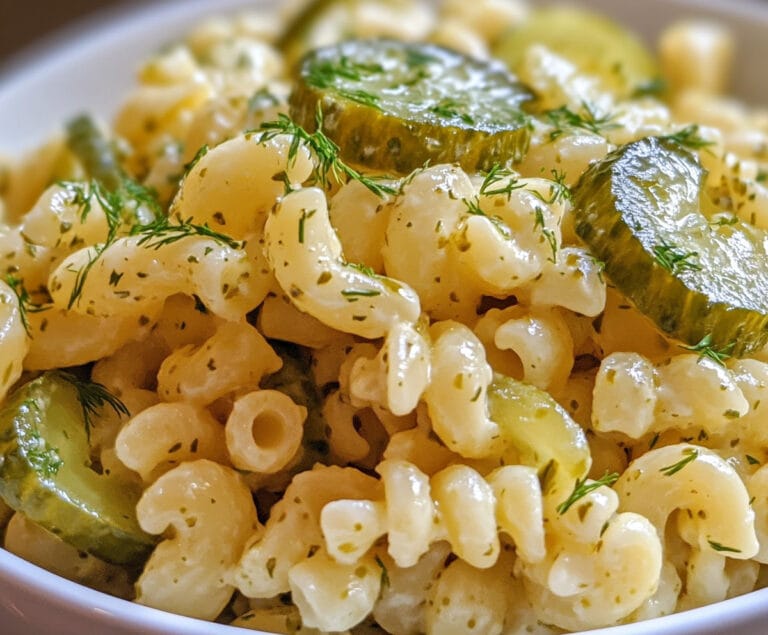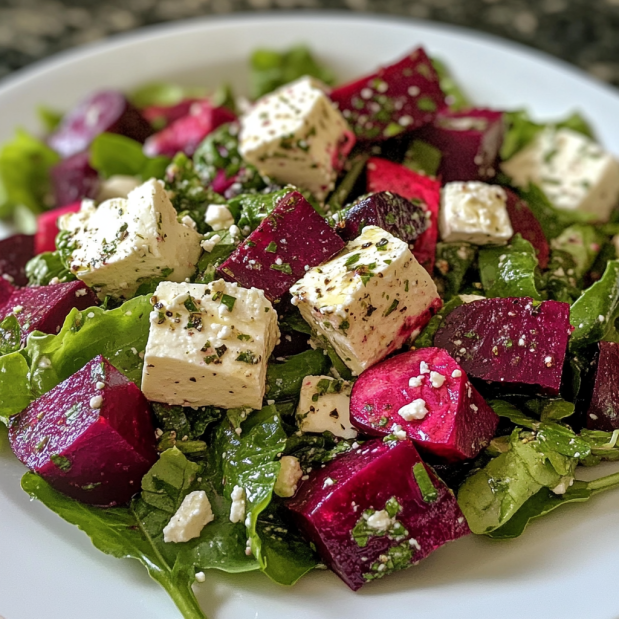Is Hamburger Helper the same as Beef Stroganoff?
Is Hamburger Helper the Same as Beef Stroganoff?
When you’re craving a quick, hearty meal, two popular choices often come to mind: Hamburger Helper and Beef Stroganoff. Both dishes offer the comforting combination of beef, pasta, and a creamy sauce, but are they truly the same? This question has left many home cooks pondering whether one can serve as a substitute for the other or if they belong to entirely different categories. In this comprehensive article, we’ll take an in-depth look at Hamburger Helper and Beef Stroganoff, explore their differences, similarities, nutritional profiles, and the role each one plays in our kitchens. By the end of this guide, you’ll be able to decide which one is right for your next meal.
What is Hamburger Helper?
Hamburger Helper is a popular boxed meal that was first introduced by Betty Crocker in 1971. The concept was simple: a kit that could stretch a pound of ground beef into a complete meal with pasta and sauce. At the time, the meal kit appealed to families looking for affordable and convenient meal options that didn’t require advanced culinary skills. All you need is a box of Hamburger Helper, ground beef, some water, and milk to create a satisfying dish in under 30 minutes.
Since its inception, Hamburger Helper has expanded its flavor offerings, with stroganoff-inspired varieties being among the most popular. These versions aim to replicate the flavor of classic Beef Stroganoff, a Russian dish that we’ll dive into next.
Key Features of Hamburger Helper:
- Convenient one-pot meal: No need for complex cooking techniques.
- Variety of flavors: Options include Stroganoff, Cheeseburger Macaroni, Beef Pasta, and more.
- Processed ingredients: The boxed mix contains pasta and a powdered sauce base with preservatives.
Today, Hamburger Helper is still a go-to for busy families and individuals who want a quick, filling meal without too much hassle. However, the main difference lies in its processed ingredients and the use of pre-packaged flavors, which bring up questions of nutrition and freshness.
For those interested in other simple and tasty dinner options, you may enjoy the creamy garlic parmesan chicken pasta recipe from Aurelia Recipes. It’s another one-pot meal that offers bold flavors with minimal effort.
What is Beef Stroganoff?
While Hamburger Helper might be a modern-day convenience food, Beef Stroganoff has roots that stretch back to the 19th century. This classic Russian dish was named after the Stroganov family, wealthy merchants and patrons of the arts. The earliest known recipe dates back to the mid-1800s and consists of sautéed beef, onions, and a sauce made from sour cream. Over time, the dish gained popularity across Europe and eventually made its way to America, where it became a family favorite.
In its traditional form, Beef Stroganoff is made with tender cuts of beef, typically sirloin or tenderloin, that are cooked quickly to retain their tenderness. The beef is combined with onions, mushrooms, and a creamy sauce made with sour cream, often served over a bed of egg noodles or rice. The richness of the sauce, combined with the savory flavors of the beef and mushrooms, makes this a comforting dish perfect for special occasions or Sunday dinners.
Key Features of Beef Stroganoff:
- Traditional Russian dish: Rich in history and flavor.
- Fresh ingredients: Uses high-quality cuts of beef, fresh mushrooms, onions, and sour cream.
- Complex flavor profile: The combination of creamy, tangy, and savory elements sets it apart from simpler dishes.
If you’re interested in trying more classic recipes, the Tomatillo Pasta Recipe is an excellent fusion of Mexican and Italian cuisines.
Comparing Hamburger Helper and Beef Stroganoff
At first glance, Hamburger Helper and Beef Stroganoff might appear to offer the same flavors and textures, but they are fundamentally different dishes. Let’s break down the major areas where they differ:
1. Ingredients
The ingredients used in Hamburger Helper versus those in Beef Stroganoff vary greatly.
Hamburger Helper:
- Boxed, pre-packaged ingredients: Pasta, powdered sauce mix, and dehydrated flavorings.
- Ground beef: Most versions of Hamburger Helper call for inexpensive ground beef.
- Preservatives and additives: The powdered sauce mix often contains preservatives, artificial flavors, and high levels of sodium.
Beef Stroganoff:
- Fresh, whole ingredients: Beef Stroganoff calls for fresh beef (often tenderloin or sirloin), fresh mushrooms, onions, and sour cream.
- Sour cream-based sauce: The creamy sauce in beef stroganoff is made from real dairy products, giving it a richer taste.
- No artificial additives: Unlike Hamburger Helper, Beef Stroganoff does not rely on artificial flavors or preservatives.
2. Preparation Time
One of the primary reasons people opt for Hamburger Helper is its speed and convenience. With Hamburger Helper, you can have dinner ready in about 20-25 minutes. You only need to cook the ground beef, add water and milk, then stir in the pasta and sauce mix from the box.
In contrast, Beef Stroganoff requires more time and effort. The beef needs to be sautéed, the mushrooms and onions prepared, and the sauce made from scratch. Depending on the recipe, preparing a homemade Beef Stroganoff can take anywhere from 45 minutes to over an hour.
3. Nutritional Value
Given that Hamburger Helper contains processed ingredients and preservatives, it’s generally considered less healthy than homemade Beef Stroganoff. A typical serving of Hamburger Helper is high in sodium and may contain artificial flavors and additives. On the other hand, Beef Stroganoff made from scratch can be a much healthier option, as it uses fresh, whole ingredients.
However, it’s important to note that Beef Stroganoff is not necessarily a low-calorie dish. The use of cream, butter, and higher-fat cuts of beef can make it quite rich. If you’re looking for a healthier version, you could opt for lean cuts of beef and use low-fat sour cream or yogurt to lighten the sauce.
If health is a major concern, consider exploring lighter alternatives like the baked chicken cutlet recipe for a healthier take on weeknight dinners.
Nutritional Comparison: Hamburger Helper vs. Beef Stroganoff
Hamburger Helper (per serving):
- Calories: 300-400
- Fat: 15-20 grams
- Sodium: 900-1100 mg
- Protein: 10-15 grams
- Carbohydrates: 35-45 grams
Beef Stroganoff (per serving):
- Calories: 450-600
- Fat: 25-30 grams
- Sodium: 500-700 mg (depending on the ingredients used)
- Protein: 25-30 grams
- Carbohydrates: 40-50 grams (if served with noodles or rice)
While Beef Stroganoff may be higher in calories, its nutritional content is generally more favorable, especially if made with lean cuts of beef and fresh ingredients. The sodium content in Hamburger Helper is notably higher, primarily due to the processed nature of the meal kit.
Flavor Profiles
Another key difference between these two dishes lies in their flavor.
- Hamburger Helper: The flavor is generally milder, designed to appeal to a wide audience. The powdered sauce mix is often creamy but lacks the depth and richness of a homemade dish. The texture is more uniform, and the flavors are more predictable.
- Beef Stroganoff: The fresh ingredients used in Beef Stroganoff result in a far richer, more complex flavor. The tanginess of the sour cream, combined with the earthiness of the mushrooms and the savory beef, creates a balance of flavors that makes Beef Stroganoff a more memorable dining experience.
The texture in Beef Stroganoff is also superior. The beef is tender, the mushrooms soft, and the sauce is silky. It feels more substantial than the pasta-heavy, processed texture of Hamburger Helper.
Are They Interchangeable?
When to Choose Hamburger Helper Over Beef Stroganoff
There are certainly times when Hamburger Helper makes more sense than going through the effort of making Beef Stroganoff from scratch:
- Time Constraints: If you’re in a hurry or don’t have the energy to spend much time in the kitchen, Hamburger Helper is your best option. It can be made in under 30 minutes and requires minimal preparation or cleanup.
- Affordability: Hamburger Helper is much cheaper. A single box and a pound of ground beef will run you a fraction of the cost of purchasing fresh beef, mushrooms, onions, and sour cream for Beef Stroganoff. If you’re on a budget, this is an important consideration.
- Consistency: Sometimes, you just need a meal that’s consistent, predictable, and filling. With Hamburger Helper, you always know what you’re getting — a creamy, comforting dish that’s easy to make.
When to Choose Beef Stroganoff Over Hamburger Helper
On the other hand, Beef Stroganoff is the clear winner in situations where you can invest more time and want a more rewarding meal:
- Flavor and Freshness: If you’re looking for a more sophisticated, richer flavor, nothing compares to the real deal. Fresh beef, mushrooms, and onions create a more complex taste profile that can’t be matched by processed foods.
- Health Considerations: If you’re trying to avoid processed ingredients, preservatives, and artificial flavors, then making Beef Stroganoff from scratch is the better option. You have control over the ingredients, and you can make substitutions to meet dietary preferences or restrictions.
- Special Occasions: While Hamburger Helper may be great for a quick weeknight meal, Beef Stroganoff is more suitable for special occasions or when you’re cooking for guests. The time and effort that go into making Beef Stroganoff result in a dish that’s impressive and satisfying.
Homemade Hamburger Helper Recipes
For those who love the idea of Hamburger Helper but want a healthier, more homemade touch, there are plenty of recipes available that mimic the taste of Hamburger Helper while using fresher ingredients. These homemade versions typically replace the powdered sauce mix with a simple combination of spices, milk, and cheese. Ground beef is still the main protein, but you can use leaner options like ground turkey or chicken to reduce fat content.
Homemade Beef Stroganoff Variations
Beef Stroganoff is also highly adaptable. If you’re short on time, you can make a quicker version using pre-cooked beef or even ground beef for a simpler alternative. Some cooks swap out the sour cream for Greek yogurt to make a lighter, tangier sauce, while others add extra vegetables like bell peppers or spinach to increase the nutritional value.
Looking for more creative recipe ideas? You might enjoy trying the honey bourbon barbecue chicken recipe for a flavorful, saucy meal that’s sure to impress.
Public Perception and Popularity
Despite their differences, both Hamburger Helper and Beef Stroganoff enjoy a place in the hearts (and kitchens) of many home cooks. Hamburger Helper is seen as a convenient, affordable solution for busy households, especially for those who need to get dinner on the table quickly. Its nostalgic appeal also plays a part in its continued popularity. On the other hand, Beef Stroganoff is often viewed as a more upscale dish, one that is saved for special occasions or when there’s more time available to prepare a meal.
Conclusion
So, is Hamburger Helper the same as Beef Stroganoff? The answer is no — while they share some similarities, especially in their creamy and beefy elements, they are fundamentally different dishes in terms of ingredients, preparation, and flavor. Hamburger Helper serves as a convenient, affordable alternative for those nights when you need something quick and easy. In contrast, Beef Stroganoff offers a richer, more complex flavor that’s worth the extra time and effort.
When deciding which dish to make, consider your available time, budget, and dietary preferences. For those seeking convenience, Hamburger Helper is a reliable choice. For those craving a more indulgent, gourmet experience, Beef Stroganoff is the way to go.
By considering these factors, you’ll be able to choose the best meal for your needs and enjoy a satisfying dinner, no matter which option you pick!







